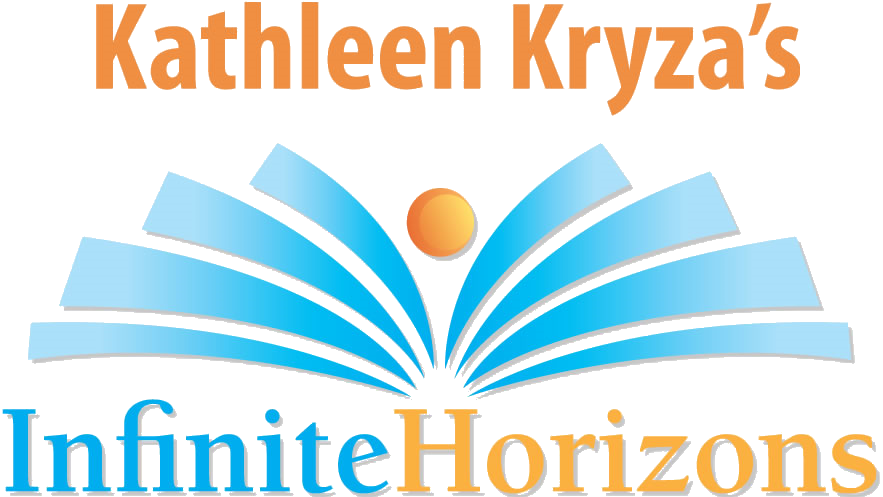“It is tempting, if the only tool you have is a hammer, to treat everything as if it were a nail.”
In the last newsletter we discussed Jack Naglieri’s P.A.S.S. theory (Naglieri, 2010). Click here for access to last month’s newsletter.
We described the four abilities as presented in the P.A.S.S. theory: Planning, Attention, Simultaneous processing, and Successive processing. When taught in conjunction, these abilities are shown to have long-term positive effects for students both in terms of academic success as well as personal concepts of self-efficacy.
As promised, we will now dig a little deeper into the first ability listed in the P.A.S.S. theory – Planning. “Planning is a neurocognitive ability that a person uses to determine, select, and use efficient solutions to problems. It involves: evaluating tasks, selecting or developing strategies to approach tasks, monitoring progress during tasks, and developing new strategies when necessary” (Naglieri, 2010). When a student’s planning abilities are weak, they might:
- struggle with how to complete tasks
- use the same ineffective strategy on a variety of problems
- fail to monitor their progress
- misinterpret things they have read
We know that teaching students how to learn is as important as teaching them what to learn. So it is crucial to be intentional and transparent with our students every step of the way. We want them to know the “why” behind the “what” we’re doing. Students should know that learning how to plan will help them become smarter. This all ties into our mantra of Mindsets + Skill sets = Results. Planning is just one of the skill sets that will help our students achieve!
To encourage students to own their growth in this area, start a class discussion about what Planning means. Remind them that just like a good story has a beginning, middle, and end, planning happens in three phases – before, during, and after. Planning before you attempt to solve a problem will set you on a solid path. Monitoring your progress during the project allows you to recognize when things are not going as you’d hoped so you can adjust your plan. Reflecting after the project is completed will help you learn from your successes and mistakes. That last step will help you become a more efficient problem solver the next time you encounter a similar situation.
Once the class has a basic understanding of what it means to plan, break them up into chat chums or small groups to push their thinking on the topic a bit further. Use the free resource to guide their discussion. Students should think of examples of Planning before, during, and after in all subject areas. This will help them recognize that they already have a lot of these tools in their Planning tool belt. They just need to be diligent about using said abilities to push their own learning.
When the students have finished the brainstorming worksheet, call their attention to the poster (free resource) that you will post in the classroom. The poster can serve as an anchor or a simple reminder to use this powerful ability when attacking new problems in any subject area or in interpersonal situations.
